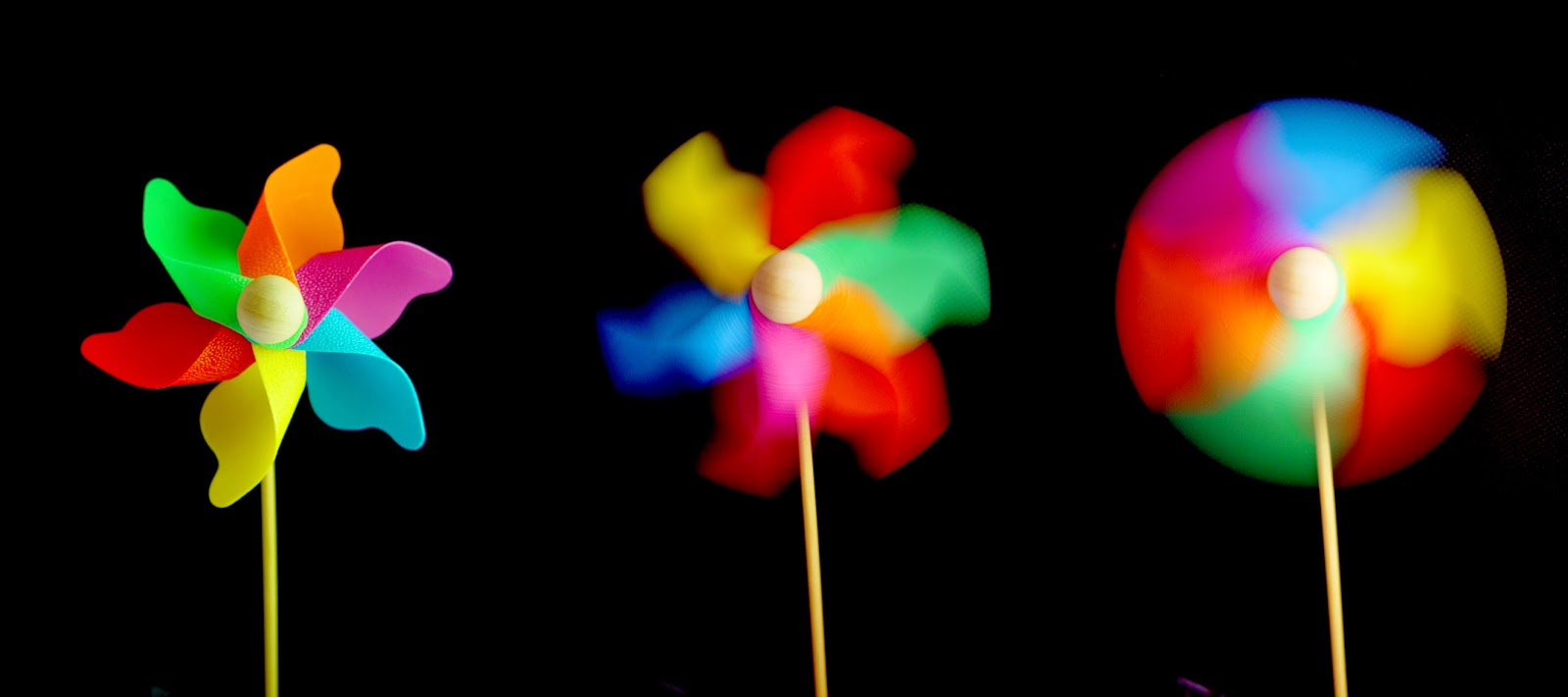Here is some extended research into the history of America, relating to my chosen films, at the time they were produced:
- (1947 - 1991) - The Cold War.
- (1955-1975) - Vietnam War.
- (1960 May) - The Civil Rights Act of 1960.
- (1963) - Civil rights becomes a central issue and leads to President Kennedy's Civil Rights Address.
- (1963 June) - The Equal Pay Act of 1963.
- (1963 August) - Martin Luther King Jr.'s "I Have a Dream" speech.
- (1963 September) - The 16th Street Church bombing carried out by a KKK splinter group killed four African-American girls, in what was seen as a turning point for the Civil Rights Movement.
- (1963 November) - President John F. Kennedy's assassination.
- (1964 July) - Civil Rights Act of 1964 is signed into law. Outlawing both segregation and major forms of discrimination against black and women.
- (1965 August) - The Voting Rights Act was signed into law.
- (1965 October) - The Immigration act of 1965 was signed into law.
- (1965 November) - The Higher Education Act of 1965 was passed.
- (1966 June) - The feminist group, the National Organisation for Women (NOW) was formed.
- (1968 October) - The Gun Control Act of 1968 was signed into law.
- (1971 June) - President Nixon declares a "War on Drugs", stating that drug use in the U.S. is "public enemy number one".
- (1973 August) - Vietnam War ends with the U.S. pulling out.
- (1974 August) - President Richard Nixon resigns.
- (1976) - Unemployment rose.
Life in the 1970's.
The Cold War 1947-1991
The Cold War was a political and military strain after World War II. The tension was between power in the Western Bloc (the United States, its NATO allies and others) and powers in the Eastern Bloc (the Soviet Union and its allies in the Warsaw Pact).
The war was to dominate international affairs, many major crises occurred, including the Cuban Missile Crisis, Vietnam, Hungary and the Berlin Wall. However, the growth in weapons of mass destruction was the most worrying issue. There was a clash between different beliefs and ideology, capitalism vs communism. Each was held with almost religious conviction formed the basis of an international power struggle with both sides vying for dominance, exploiting every opportunity for expansion anywhere in the world.
So why were these two super powers so distrustful of each other?
America:
- Free elections
- Democratic
- Capitalist
- 'Survival of the fittest'
- Richest world power
- Personal freedom
- Freedom of the media
Soviet Union:
- No elections or fixed
- Autocratic/dictatorship
- Communist
- Everybody helps everybody
- Poor economic base
- Society controlled by the NKVD (secret police)
- Total censorship























